Discover 15 hidden attractions, cool sights, and unusual things to do in Ipswich (United States). Don't miss out on these must-see attractions: Castle Hill, John Whipple House, and Ipswich Museum. Also, be sure to include Choate Bridge in your itinerary.
Below, you can find the list of the most amazing places you should visit in Ipswich (Massachusetts).
Table of Contents
Castle Hill
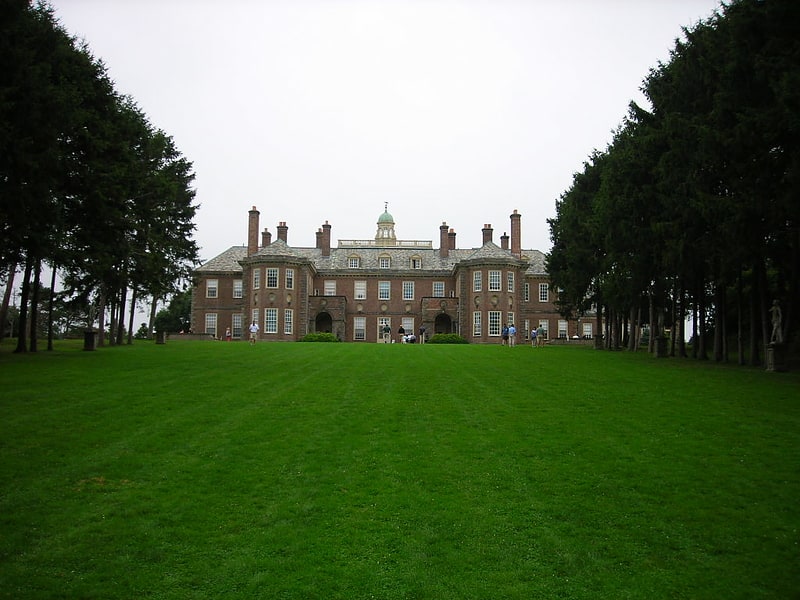
Palatial seaside estate and gardens. Castle Hill is a 56,881 sq ft Tudor Revival mansion in Ipswich, Massachusetts built 1926-1928 as a summer home for Mr. and Mrs. Richard Teller Crane, Jr. It is also the name of the 165-acre drumlin surrounded by sea and salt marsh the home was built atop. Both are part of the 2,100-acre Crane Estate located on Argilla Road. The estate includes a historic mansion, 21 outbuildings, and landscapes overlooking Ipswich Bay, on the seacoast off Route 1, north of Boston. Its name derives from a promontory in Ipswich, Suffolk, England, from which many early Massachusetts Bay Colony settlers immigrated.
The estate is a relatively intact work from the Country Place Era of the turn of the 20th century, when wealthy families built extensive country estates. The Crane Estate includes architectural and landscape designs from at least seven firms or individuals of national reputation, including the Olmsted Brothers and Shepley, Rutan and Coolidge, and is extensively documented. In recognition of its state of preservation and design, it was designated a National Historic Landmark in 1998. The property is now owned by The Trustees of Reservations and is open to the public.[1]
Address: 290 Argilla Rd, 01938-2647 Ipswich (Ipswich)
John Whipple House
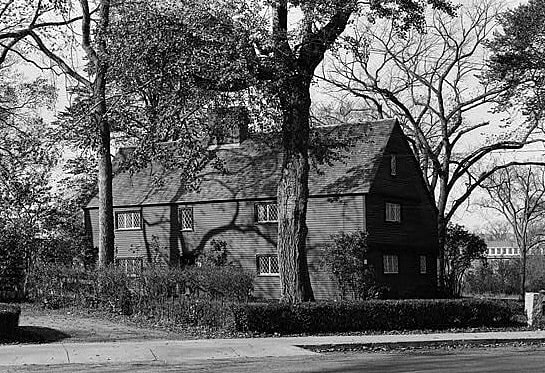
Museum in Ipswich, Massachusetts. The John Whipple House is a historic colonial house at 1 South Green in Ipswich, Massachusetts. Built in the seventeenth century, the house has been open to the public as a museum since 1899 and was the subject of some of the earliest attempts at the preservation of colonial houses. It was designated a National Historic Landmark in 1960, one of the earliest properties to receive that honor.[2]
Address: 53 S Main St, 01938 Ipswich (Ipswich)
Ipswich Museum
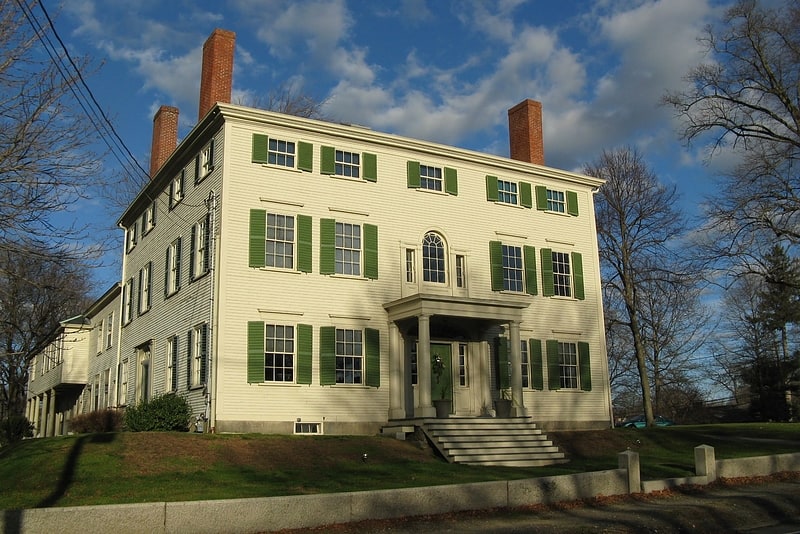
The Ipswich Historical Society in Ipswich, Massachusetts was founded by Reverend Thomas Franklin Waters in 1890. The Society initially had no headquarters, and met in the studio of artist Arthur Wesley Dow. They eventually found a better place to meet in the Odd Fellows Hall. The Society's first major project would be to restore the John Whipple House, and make part of it their headquarters.[3]
Address: 54 S Main St, 01938-2322 Ipswich (Ipswich)
Choate Bridge
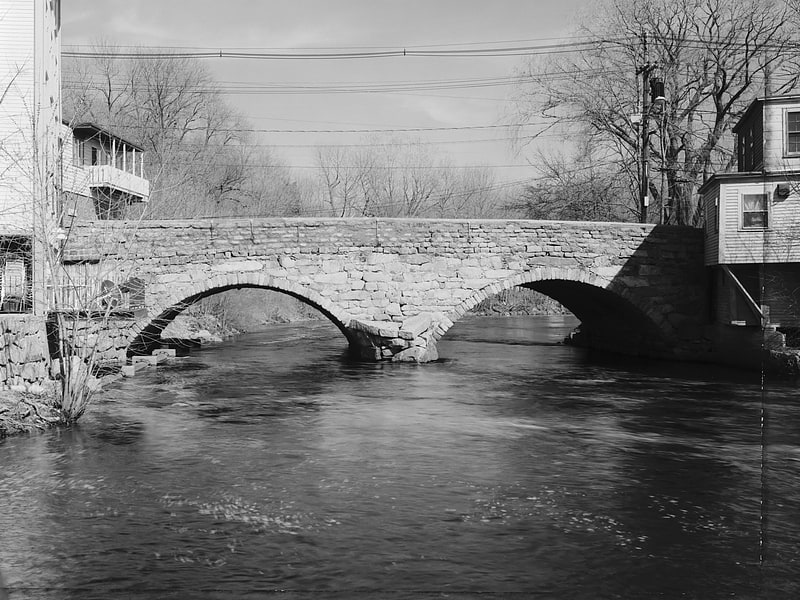
Bridge in Ipswich, Massachusetts. Choate Bridge is a historic stone arch bridge carrying Route 1A/Route 133 over the Ipswich River in Ipswich, Massachusetts. It is one of the oldest surviving bridges in North America, and is probably the oldest in Massachusetts. It was listed on the National Register of Historic Places in 1972 and also has been designated as a National Historic Civil Engineering Landmark.[4]
Address: 3 S Main St, 01938 Ipswich (Ipswich)
Greenwood Farm
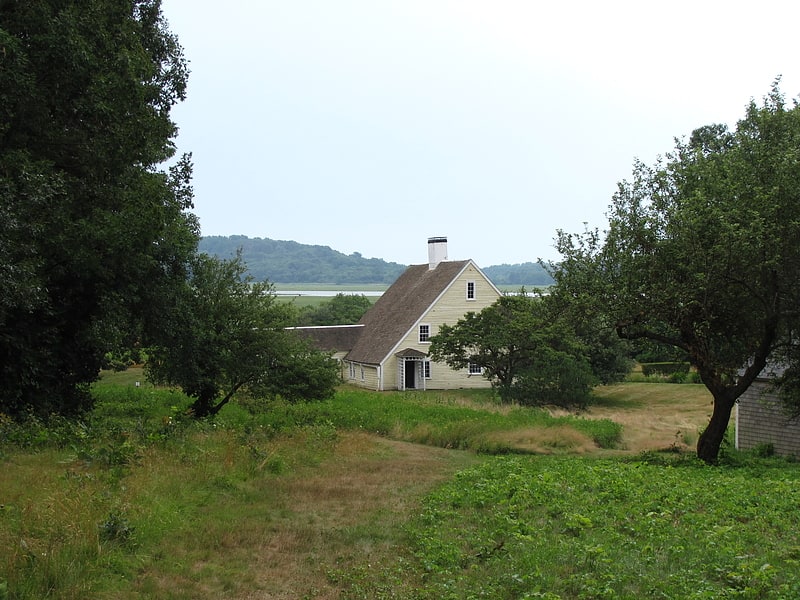
Nature reserve in Ipswich, Massachusetts. Greenwood Farm is a historic property and nature reserve located in Ipswich, Massachusetts, which is owned by The Trustees of Reservations. It features the Paine-Dodge House, a First Period farmhouse constructed in 1694.[5]
Address: 47 Jeffreys Neck Rd, 01938-1346 Ipswich (Ipswich)
Ipswich Museum
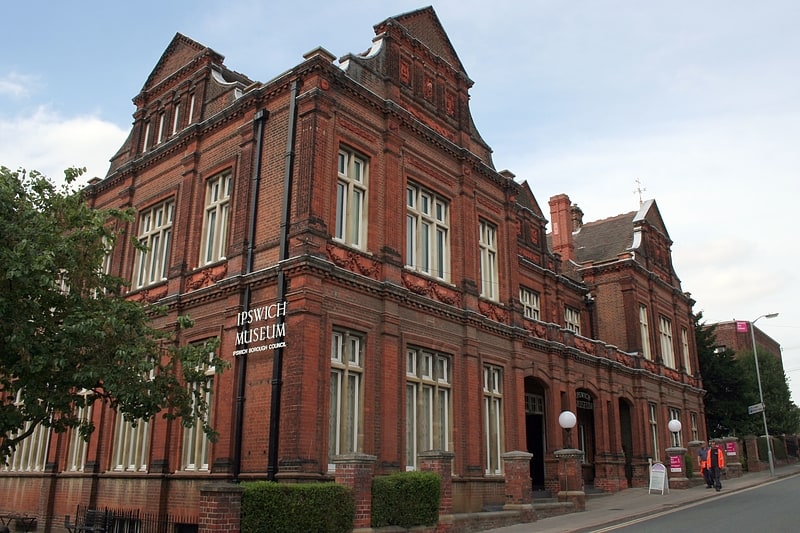
Ipswich Museum is a registered museum of culture, history and natural heritage located on High Street in Ipswich, the county town of Suffolk. It was historically the leading regional museum in Suffolk, housing collections drawn from both the former counties of East Suffolk and West Suffolk, which were amalgamated in 1974.
The original foundation of 1846, devoted primarily to Natural History, was moved to new premises in High Street in 1881. In about 1895 Christchurch Mansion, a large 16th-century house near the town centre in Christchurch Park, was given to the town. It was developed as a second venue under the same management and curatorship, devoted particularly to fine and decorative arts. Both are parts of one institution and draw on the same central core of collections. The entire service was merged with that of Colchester (Essex) on 1 April 2007 to form Colchester + Ipswich Museums. It is one of Ipswich's main features.[6]
Address: 54 S Main St, Ipswich (Ipswich)
Caldwell Block

Historical landmark in Ipswich, Massachusetts. The Caldwell Block is a historic block on S. Main Street in Ipswich, Massachusetts. It is the oldest surviving building in Ipswich that was designed as a commercial and retail space, and is still used for that purpose. It is located prominently in the center of Ipswich, at the junction of North and South Main Streets, and Central and Market Streets. It was built in 1870 by Luther Caldwell, on the site of an old woolen mill that was destroyed by fire a few years earlier, and features Italianate styling. The building has always housed retail stores on the ground floor and office space above. It is notable as the location of the offices of writer John Updike between 1961 and 1974, when he wrote many of his works there.
The building was listed on the National Register of Historic Places in 1983.[7]
Merrifield House
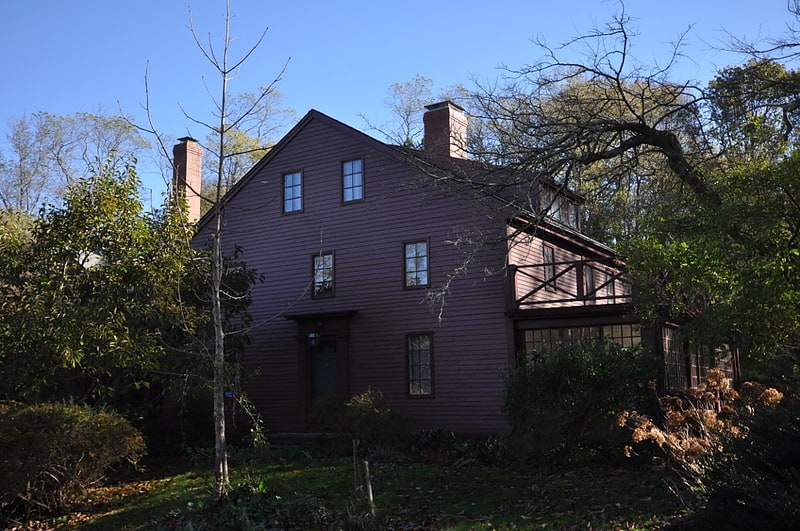
The Merrifield House, also known as Rosebank, is a historic house at 11 Woods Lane in Ipswich, Massachusetts. It was built c. 1792 by Francis Merrifield, Jr. a veteran of the American Revolutionary War. The main block of the house is a 2.5 story, nearly square, wood-frame structure with an off-center chimney. The house has a number of rambling additions, some of which may have been built by Merrifield to accommodate his large family. It is also somewhat unusual in having a second cooking fireplace in its second level.
The house was listed on the National Register of Historic Places in 1980.[8]
Benjamin Grant House
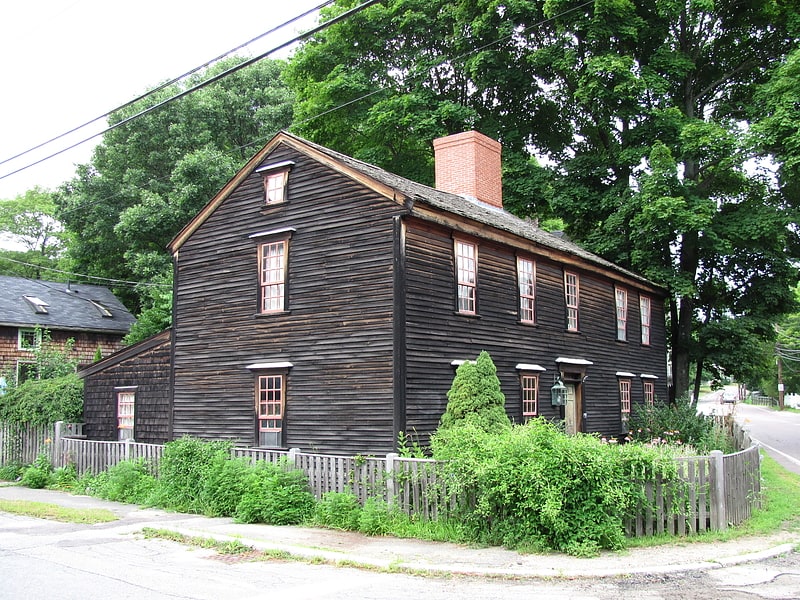
The Benjamin Grant House is a historic house at 47 County Street in Ipswich, Massachusetts. It is a well-preserved early Georgian house, built c. 1735 by Benjamin Grant. He was killed in the French and Indian War, and the house subsequently came into the hands of the Ross family, who owned it well into the 20th century. The house is a 2+1⁄2-story colonial with a central chimney. The front portion of the house consists of two rooms, one on either side of the chimney, behind which is a single-story leanto addition. The interior of the house has remained well preserved, showing numerous Georgian details.
The house was listed on the National Register of Historic Places in 1980, and is subject to a local preservation restriction.[9]
Shoreborne Wilson House
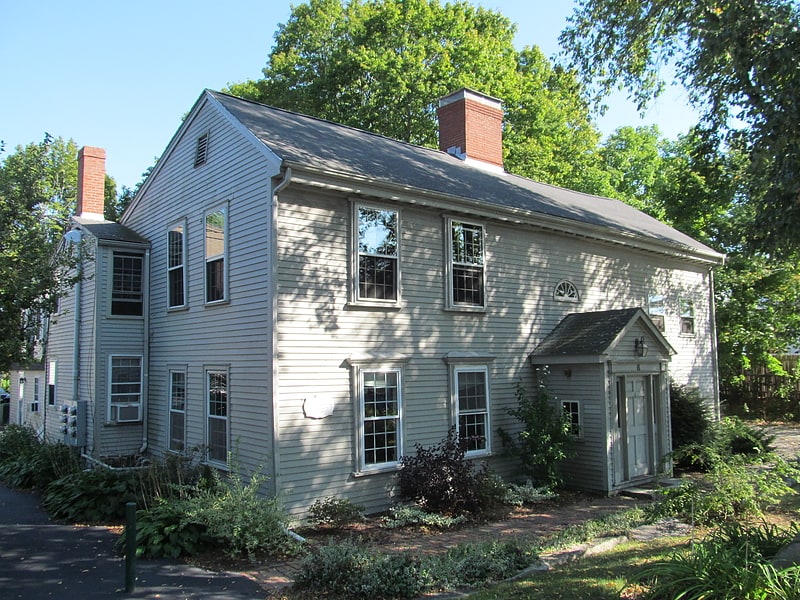
The Shoreborne Wilson House is a historic colonial house at 4 South Main Street in Ipswich, Massachusetts. The 2+1⁄2-story wood-frame house was built between 1685 and 1692 by Shoreborne Wilson, a cooper. It has a basic four-room center chimney plan, of which Wilson built the northwest section. The house was acquired by Captain Samuel Appleton in 1702, who likely built the southeast section. In the following years the house went through a variety of uses. It underwent a restoration of sorts in the 1920s, in which fireplaces and trim details were replaced.
The house was listed on the National Register of Historic Places in 1980.[10]
Turner Hill

Turner Hill is a historic estate located at 315 Topsfield Road in Ipswich, Massachusetts. It was built for Charles Goodnough Rice and Ann Proctor Rice to a design by Boston architect William Rantoul. Begun in 1898 and completed in 1903, the estate echoed European country estates the couple had seen in their travels. The estate house features extensive plaster molding and detailed woodwork, notably in the reception hall, whose wildlife motifs echo those of Haddonfield Hall in Scotland. Rice died in 1943, and the estate was sold to the Missionaries of La Salette, who established a spiritual retreat on the site. It has since been converted into a golf club, with the main mansion house providing club facilities. In addition to a golf course, the grounds also have a large condominium complex.
The estate was listed on the National Register of Historic Places in 1982.[11]
Wolf Hollow

Nature and wildlife, Park
Address: Rte 133 east, 01938-2549 Ipswich (Ipswich)
Burnham-Patch House
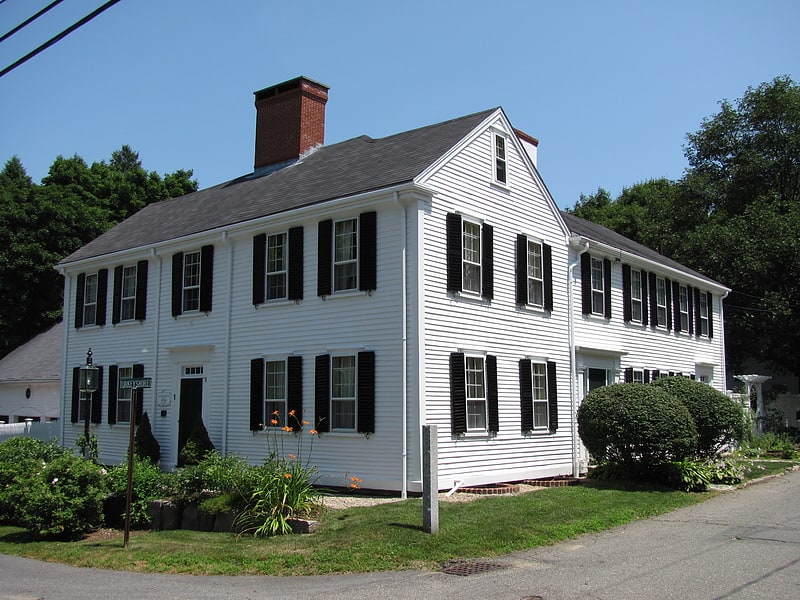
The Burnham-Patch House is a historic house at 1 Turkey Shore Road in Ipswich, Massachusetts. The 2+1⁄2-story Colonial stands on a plot of land purchased by Thomas Burnham in 1667, occupying a prominent position on Turkey Shore Road, a historically important path to the coast. The house itself appears to have been built around 1730, with evidence that some of its beams were reused from an older, 17th century, structure. Its irregular interior floorplan suggests that it may have been built following the old house's floorplan. The property remained in the Burnham family until 1795, when it was sold to Colonel John Patch, a leading local figure in the American Revolutionary War. In 1814 the house was purchased by Abner Day, who operated a tavern on the premises for many years.
The house was listed on the National Register of Historic Places in 1980. It is under a local preservation restriction.[12]
Dr. John Calef House
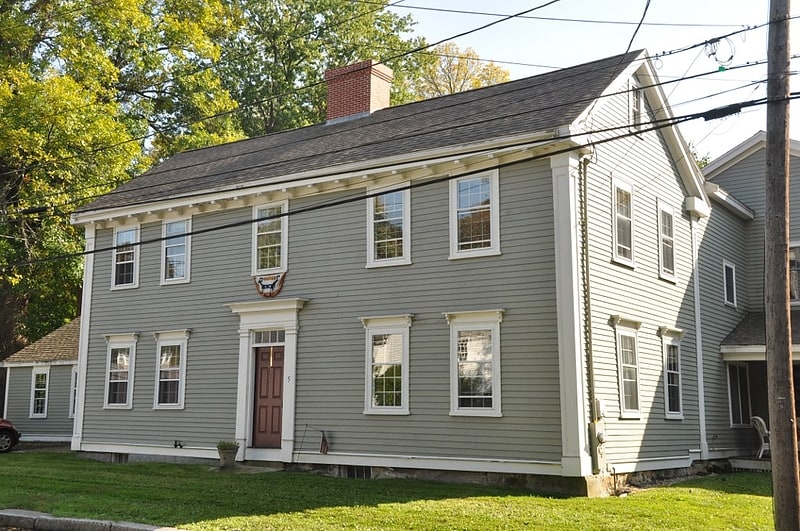
Building in Ipswich. The Dr. John Calef House is a historic house at 7 Poplar Street in Ipswich, Massachusetts. It is a well-preserved example of a First Period house with high-quality Georgian modifications. The core of the house was built c. 1671 by Deacon Thomas Knowlton, who purchased the land on which it originally stood on South Main Street in that year. It was subsequently altered in the middle of the 18th century, acquiring its present Georgian styling. In the 1770s the house was owned by noted Loyalist John Calef. It was acquired in 1777 by John Heard, who moved the house to its present location in order to build a more elaborate Federalist house on the site.
The house was listed on the National Register of Historic Places in 1980.[13]
Bailey House
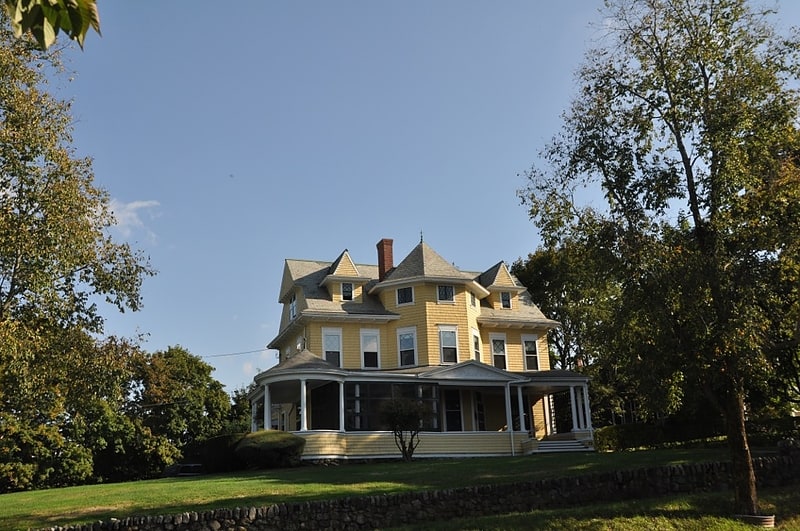
The Bailey House is a historic house in Ipswich, Massachusetts. It was built sometime between 1893 and 1910 to serve as the home and office Doctor Bailey, a prominent local physician. It is sited on a hill overlooking the central downtown area of Ipswich. The 2+1⁄2-story house is one of the most elaborate examples of Queen Anne/Colonial Revival architecture in central Ipswich. Roughly rectangular in plan, a veranda embellished with Colonial Revival details wraps around the north and west sides of the house. The central portion of the front is a protruding bay that also rises up through the bottom of the roof and is topped by a turret shaped gable extension. It is flanked on either side by small gable dormers.
The house was listed on the National Register of Historic Places in 1980.[14]